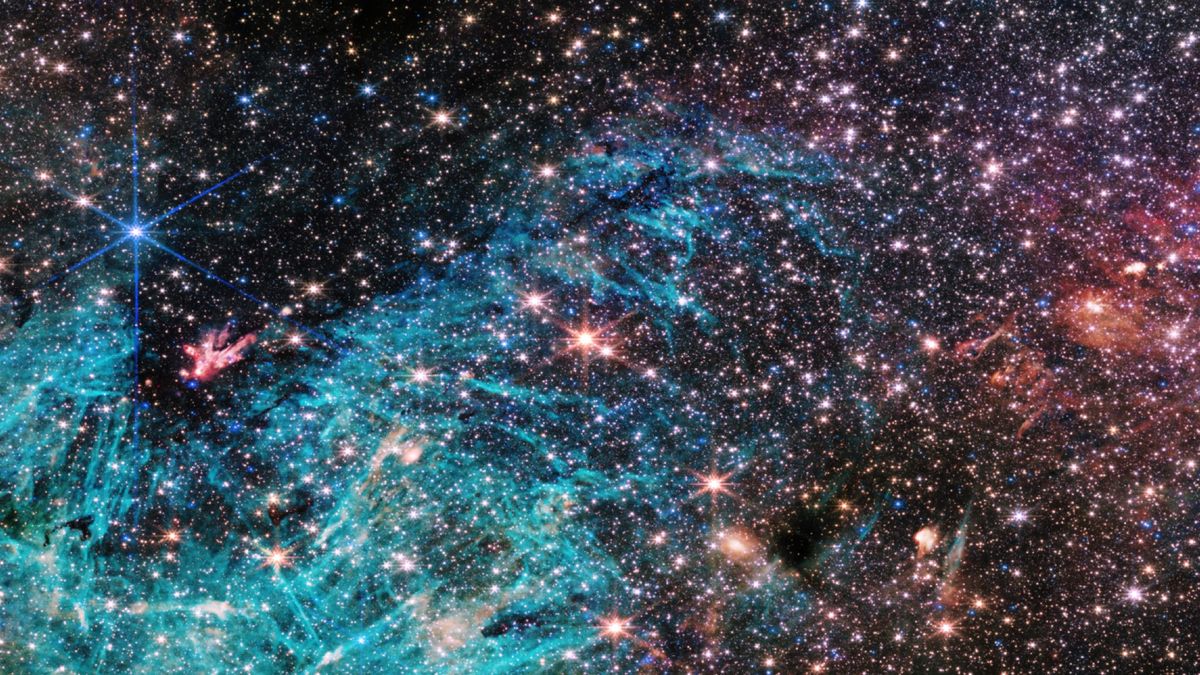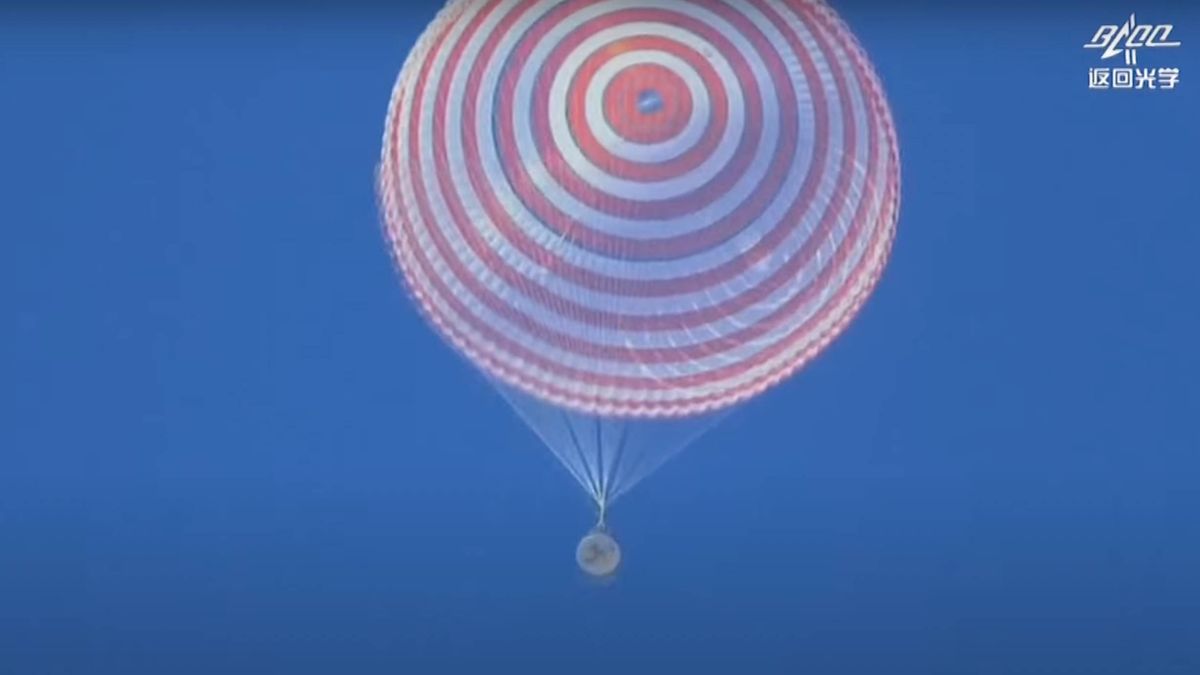Exploration of Comet 12P/Pons-Brooks
An explosive, green comet known as Comet 12P/Pons Brooks is currently hurtling towards Earth, passing by the Andromeda galaxy and providing a breathtaking spectacle in the night sky. This comet, also dubbed as the devil comet, boasts a size of 10.5 miles (17 kilometers) and has an elliptical orbit around the sun, completing its cycle approximately every 71 years. What sets this comet apart is its cryovolcanic nature, meaning that it sporadically erupts as solar radiation cracks open its icy nucleus, resulting in the expulsion of cryomagma, a mix of ice and gas, into space. This phenomenon causes the comet’s coma, a cloud of gas and dust surrounding the nucleus, to significantly brighten for a short period.
In a remarkable event in July 2023, 12P exhibited its first eruption in nearly 70 years. Subsequently, the comet has experienced frequent eruptions, with each event altering its appearance. Initially, the comet’s coma showed a peculiar asymmetry resembling demonic horns due to a notch in its nucleus. However, recent eruptions have seemingly eradicated these distinctive features, unveiling a subtle green glow caused by abundant dicarbon present in the coma and tail, a rare occurrence in comets.
Observations and Livestream
As Comet 12P/Pons Brooks continues its trajectory towards Earth, it is approaching its closest point, expected around June 2 after skimming past the sun in late April. Following this encounter, the comet will venture back into the outer realms of the solar system, where it will reside for the next seven decades. Presently, the comet’s path coincides with the Andromeda galaxy, a spiral galaxy positioned approximately 2.5 million light-years away from the Milky Way. An unusual conjunction, allowing both objects to appear close despite vast distances, can be observed live through the Virtual Telescope Project’s livestreams from Manciano, Italy.
The ongoing celestial display predominantly occurs above the horizon post-sunset. While Andromeda is visible to the naked eye under clear skies, observing 12P requires a telescope, camera, or binoculars due to its position roughly 10 degrees below the galaxy. Astronomers and astrophotographers have already captured enchanting images of Comet 12P/Pons-Brooks, illustrating its approach towards the sun and the cosmic backdrop provided by neighboring galaxies.
Photographic enthusiasts anticipate the comet’s potential appearance during the upcoming total solar eclipse on April 8, aligning closely with the obscured sun. Should 12P undergo an eruption preceding the eclipse, observers might witness its luminous display during totality, enhancing the astronomical event.
Comet 12P/Pons-Brooks’s remarkable journey through space continues to captivate stargazers and researchers, offering a unique spectacle in the night sky and reinforcing the allure of celestial phenomena.
Image/Photo credit: source url





